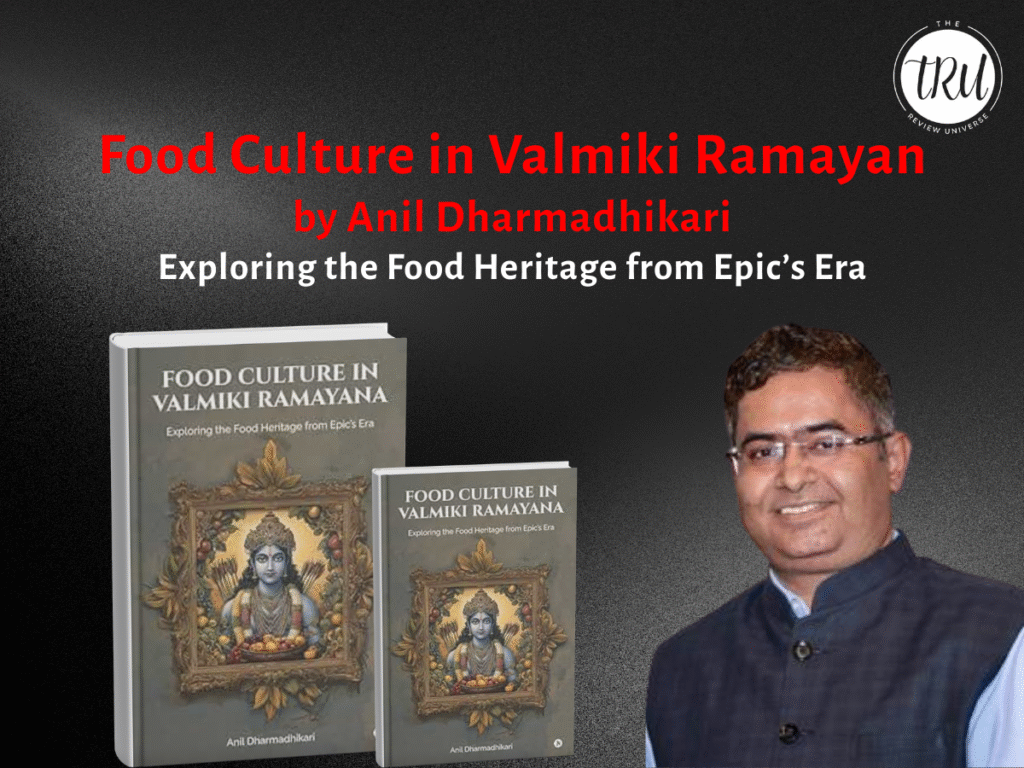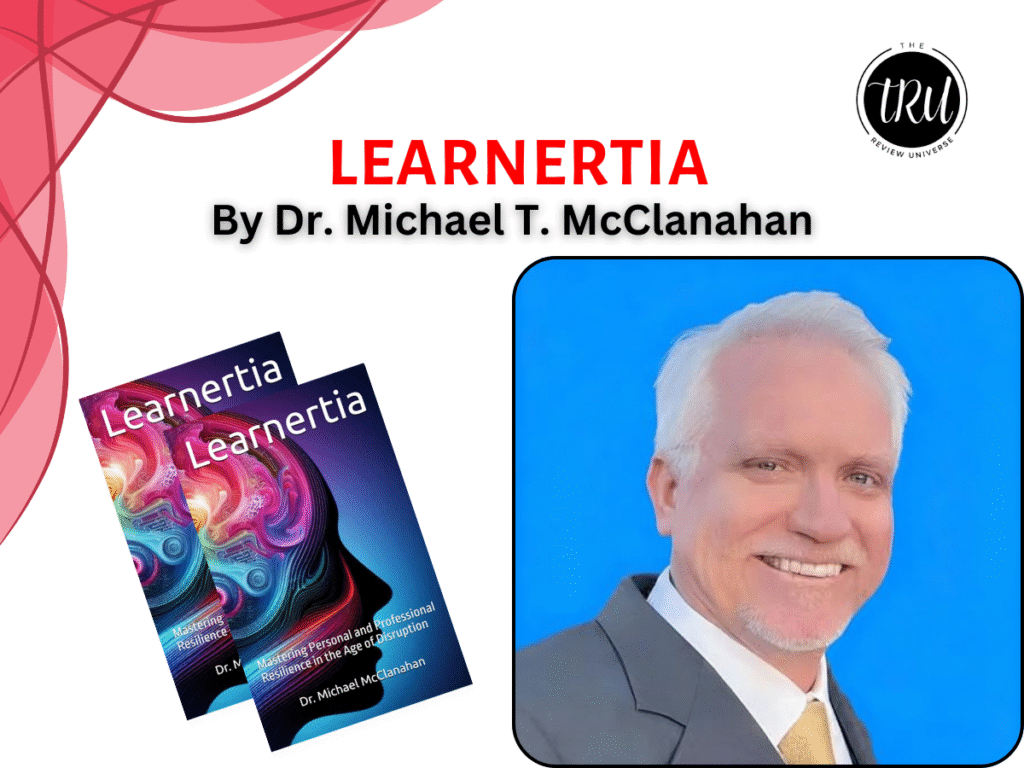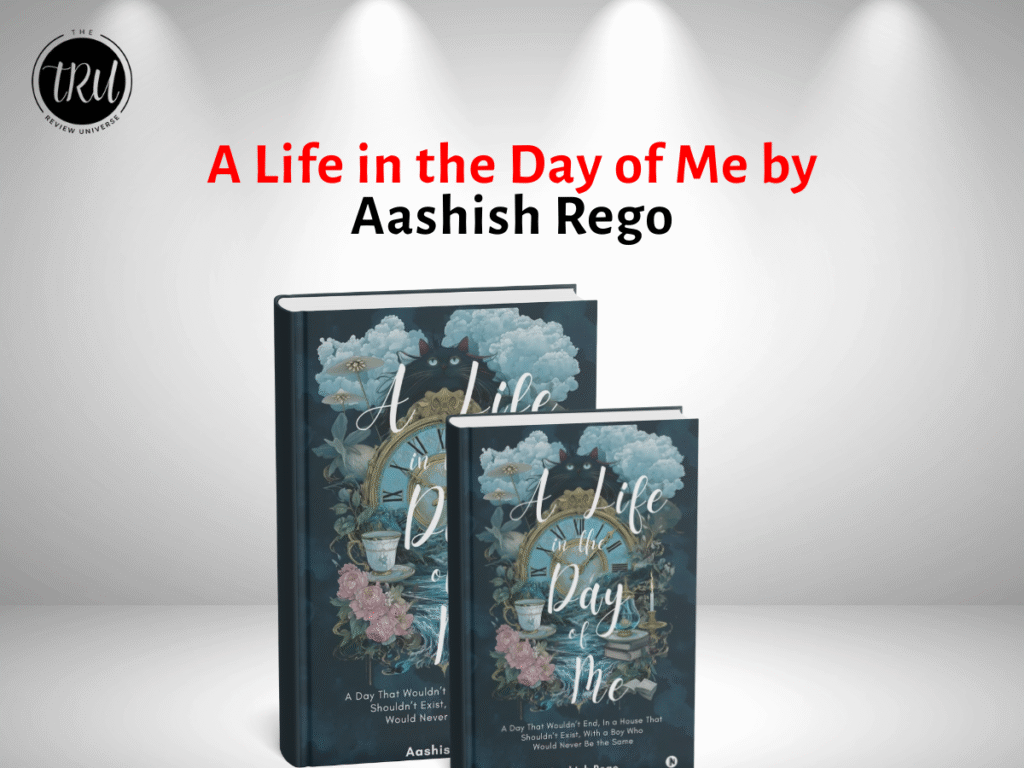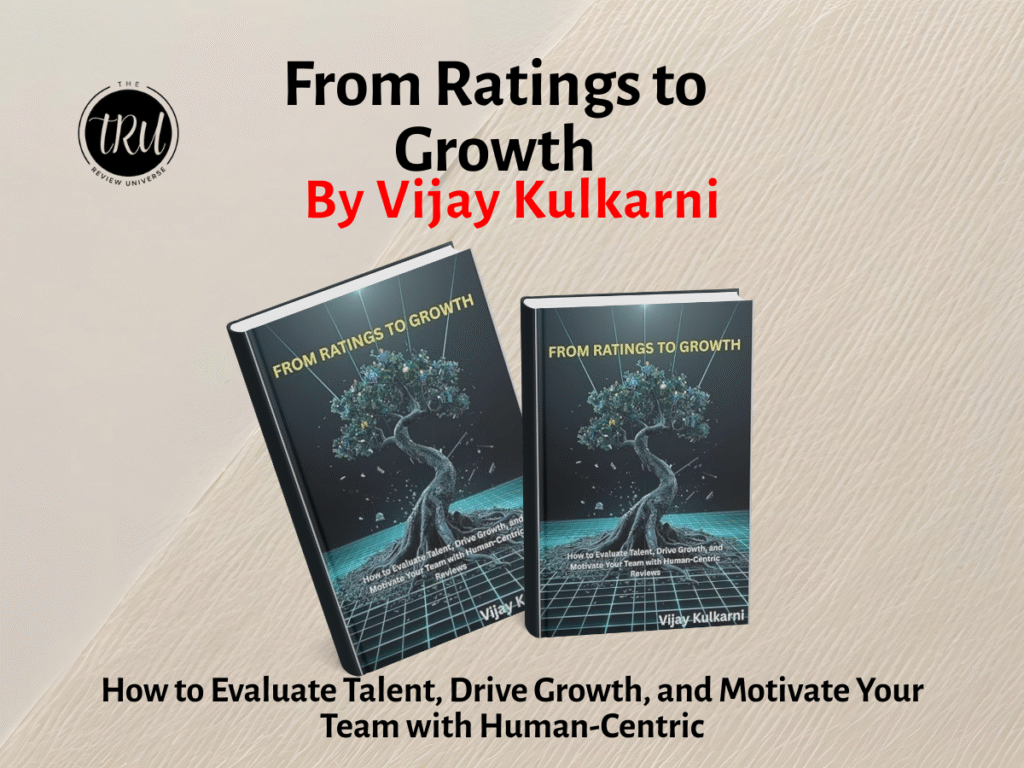
This book presents the primary references of food articles, agricultural practices in the original Valmiki Ramayana. We saw that much of the discourse has cantered around a singular debate—whether Rama consumed meat. Numerous narratives have been propagated from both perspectives, presenting arguments for and against this idea. However, this book is trying to explore the food items referenced in the Ramayana in a holistic manner.
The book uncovers the eating traditions of Ramayana era, including everyday foods, articles used in rituals, offering a fascinating look into the cultural and culinary practices of ancient India. where divine feasts, sacred rituals, and indulgent banquets shaped the lives of gods, kings, sages, and warriors.
This book shares the dietary practices of not only the humans but the Rakshasas and Vanaras also, offering a unique perspective on the epic’s diverse characters.
From the divine payasam that led to Rama’s birth to the grand feasts of rishis, this book takes you through the Flavors of Indian and Sri Lanka of that time. Discover the extravagant delights of Ravana’s private bar, the astonishing appetite of Kumbhakarna, and the spiritual significance of soma and sacred liquors. From fruits and vegetables to meats, fish and sea foods, wines, and medicinal plants, each food reference from Valmiki Ramayan.
Book Details :
| Detail | Information |
| Book Name | Food Culture in Valmiki Ramayan |
| Author | Anil Dharmadhikari |
| Genre | Self-Help |
| Format | Paperback /Hardcase/ Kindle |
| Language | English & Marathi |
| Pages | 150 |
| Published Date | 7th April 2025 |
| Amazon Link | Buy on Amazon |
| YouTube Podcast | YouTube Podcast |

A Book That Holds Up a Mirror
The future of human well-being depends on integrative wisdom—a balance between modern science and timeless knowledge. Our ancestors preserved this wisdom for thousands of years through oral traditions. Today, it is our responsibility to collect, enrich, and safeguard it for future generations. The Vedic sciences are not tied to any single religion or nation; they are part of humanity’s shared heritage, offering deep insights into life, health, and consciousness.
Reviving Ayurveda and Vedic wisdom is not about going back to the past. It is about rediscovering a deeper understanding of life that can help us build a more compassionate, sustainable, and enlightened future. Modern progress has given us technology and space exploration, but it has also brought challenges such as chronic illnesses, mental health struggles, environmental damage, and a sense of spiritual emptiness—often intensified by today’s competitive lifestyle. The COVID-19 pandemic has reminded us of the importance of inner peace, spiritual practices, and mental well-being. In this context, the world is increasingly turning to India’s traditional knowledge—especially Ayurveda, Vedic sciences, and the timeless wisdom of epics like the Ramayana and Mahabharata.
More Read : Navigating Tomorrow’s Landscape with Pankaj Sudan Vision of AI and Consciousness
What Readers Are Saying
One reader beautifully captured the essence of the book:
“Food Culture in Valmiki Ramayana offers a fascinating and unique perspective on one of India’s most revered epics. Instead of focusing solely on the characters and battles, the book delves into the everyday aspect of life—food. This fresh approach makes it especially interesting for readers who are curious about ancient Indian traditions beyond the common narratives.
The author explores the dietary habits, and cultural significance of food in the Ramayana in a way that is both insightful and engaging. What stands out most is the simple and accessible language, which makes the subject enjoyable even for those who are not experts in history or literature.
Overall, this book is a compelling read that brings a new dimension to the Ramayana. Its unique concept and easy narration make it a delightful addition to both academic and casual reading lists.”
This review reflects how the book does more than just culinary traditions and recipes of those days, it holistically explores the overall food culture during those days and author’s sincere efforts to bring those to the readers.
About the Author – Anil Dharmadhikari

Anil Dharmadhikari is an author, speaker, and corporate professional with over 25 years of experience in the fields of food processing, food safety, and regulatory compliance. Holding a B. Tech in Food Science form CFT, Parbhani and a certification in Public Policy Management from the prestigious Indian Institute of Management Kozhikode (IIMK).
Result oriented Food Technologist with a proven track record in Food Safety, Quality, and Food Regulatory affairs as leadership role within forward-thinking multinational organizations. Equipped with a comprehensive understanding of industry standards and regulations, coupled with a passion and strategic vision. He has also established himself as a respected voice at numerous conferences, where he has served as a speaker and panel member.
In addition to his professional expertise, Anil is deeply passionate about exploring and discussing topics related to Indic civilization, Indian history, and the ancient epics of the Ramayan and Mahabharat. He had recently published a book – “Food Culture in Valmiki Ramayan”. His diverse interests and wealth of knowledge make him a unique thought leader who combines technical proficiency with a rich understanding of India’s cultural heritage.
Why This Book Matters Today
This book is important because it moves beyond the narrow debate of whether Rama consumed meat and instead offers a holistic view of food culture in the Ramayana era. In today’s world, where food choices are often linked to identity, tradition, and even controversy, this work provides historical clarity by grounding the discussion in primary references from Valmiki’s Ramayana.
By uncovering the diverse dietary practices of humans, Rakshasas, and Vanaras, the book reveals how food shaped not just survival, but also rituals, social life, and cultural values in ancient India and Sri Lanka. It shows that food was deeply connected to spirituality, community, and even character portrayal in the epic.
At a time when people are seeking to reconnect with traditional wisdom—whether in nutrition, sustainability, or cultural heritage—this book offers valuable insights into how our ancestors viewed and practiced eating. It reminds us that food has always been more than nourishment: it is a reflection of belief, identity, and civilization itself.






